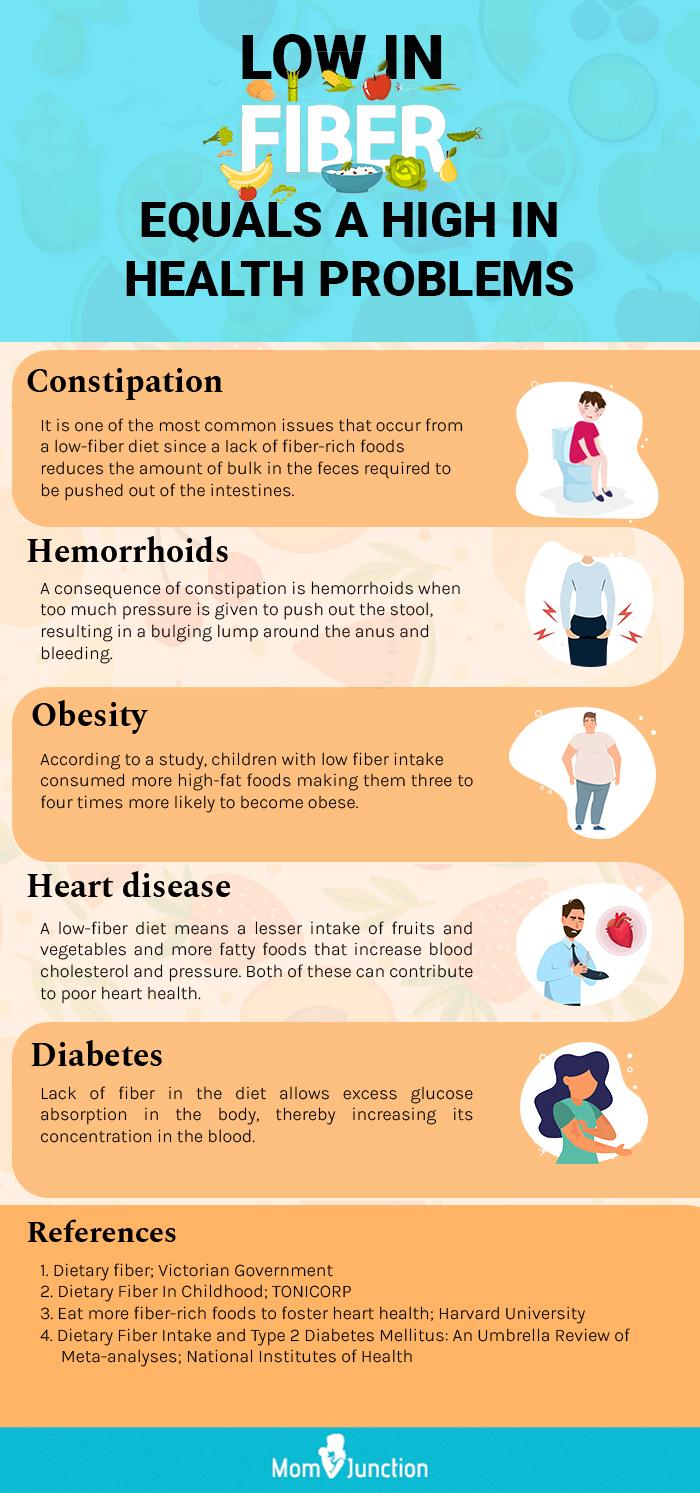
Fiber Fuel: Unlocking Essential Tips for a Healthier Diet
Embarking on a journey to integrate more fiber into your diet is a commendable choice for overall well-being. Discover key tips for embracing a high-fiber diet, enhancing your digestive health, and reaping the numerous benefits that come with this fiber-rich lifestyle.
Understanding the Power of Fiber: A Foundation for Wellness
Before delving into tips, it’s crucial to understand the power of fiber in promoting optimal health. Fiber is a non-digestible carbohydrate found in plant-based foods. It comes in two forms: soluble fiber, which dissolves in water, and insoluble fiber, which doesn’t. Both types play unique roles in supporting digestive health, regulating blood sugar levels, and aiding weight management.
Whole Foods, Whole Benefits: Prioritize Fiber-Rich Choices
The foundation of a high-fiber diet lies in prioritizing whole, unprocessed foods. Incorporate a variety of fruits, vegetables, whole grains, legumes, nuts, and seeds into your meals. These fiber-rich choices not only provide essential nutrients but also contribute to a diverse and flavorful diet.
Gradual Incorporation: Ease into High-Fiber Living
When transitioning to a high-fiber diet, it’s advisable to make changes gradually. Sudden increases in fiber intake can lead to digestive discomfort. Start by incorporating one or two fiber-rich foods into your daily meals, gradually increasing the variety and quantity. This approach allows your digestive system to adjust more comfortably.
Hydration is Key: Water Supports Fiber’s Benefits
Ensuring adequate hydration is crucial when adopting a high-fiber diet. Fiber absorbs water, adding bulk to stool and promoting regular bowel movements. Drinking plenty of water throughout the day supports the effectiveness of fiber, aids digestion, and helps prevent constipation.
Diverse Fiber Sources: Embrace a Rainbow of Choices
Diversity is key in reaping the full benefits of fiber. Embrace a rainbow of choices by including a variety of fruits and vegetables in different colors. Each hue represents a unique set of vitamins, minerals, and antioxidants. Mixing up your fiber sources ensures a broad spectrum of nutrients for overall health.
Soluble vs. Insoluble: Balance for Digestive Harmony
Understanding the difference between soluble and insoluble fiber is essential for digestive harmony. Soluble fiber forms a gel-like substance in the digestive tract, helping regulate blood sugar and cholesterol levels. Insoluble fiber adds bulk to stool, promoting regular bowel movements. Strive for a balance of both types to support comprehensive digestive health.
Beans and Legumes: Powerhouses of Fiber and Protein
Beans and legumes are exceptional powerhouses of fiber and protein. Incorporate lentils, chickpeas, black beans, and other legumes into soups, salads, and main dishes. These plant-based protein sources not only boost your fiber intake but also contribute to a satisfying and nutrient-dense diet.
Fiber-Rich Snacking: Nuts, Seeds, and Whole Fruits
Elevate your snacking game with fiber-rich choices like nuts, seeds, and whole fruits. Almonds, chia seeds, and apples make excellent options for satisfying between-meal cravings. These snacks provide a nutrient boost and keep you feeling full, supporting your overall dietary goals.
Read Labels Mindfully: Choose Fiber-Packed Foods
When navigating the grocery aisles, read food labels mindfully. Look for products labeled as high in fiber and choose whole, minimally processed options. Incorporating fiber-packed foods into your shopping list ensures that you make intentional choices that align with your high-fiber diet.
Regular Exercise: Enhancing Fiber’s Benefits
Regular physical activity complements the benefits of a high-fiber diet. Exercise stimulates bowel movements, promoting digestive regularity. Aim for a combination of cardiovascular activities and strength training to support overall well-being and maximize the positive impact of fiber on your health.
For more detailed tips on embracing a high-fiber diet, visit Tips for a high-fiber diet.
In conclusion, unlocking the benefits of a high-fiber diet is a holistic journey that involves mindful food choices, gradual adjustments, and a commitment to overall well-being. By incorporating these essential tips into your lifestyle, you can embrace the fiber fuel that supports a healthier and more vibrant you.

